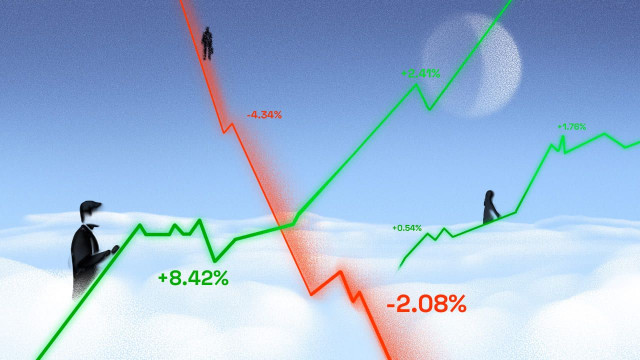
Why the Crypto Market Isn't Rallying Despite the Fed's $37 Billion Liquidity Injection
Article Details
Despite a $37 billion liquidity injection from the Federal Reserve, the cryptocurrency market has failed to rally, puzzling digital asset investors. This unexpected market stagnation raises concerns about the underlying factors driving the current crypto landscape.
The Fed's decision to pump substantial funds into the US banking system was widely anticipated to provide a much-needed boost to the volatile cryptocurrency sector. However, the lack of a meaningful market response suggests that other powerful forces are at play, dampening the anticipated positive impact.
Experts attribute this phenomenon to a combination of factors, including heightened macroeconomic uncertainty, regulatory scrutiny, and the lingering effects of the 2022 crypto market downturn. The persistent bearish sentiment among investors, who remain cautious about the future of digital assets, has proven difficult to overcome.
Furthermore, the ongoing challenges faced by leading cryptocurrency projects, such as the controversies surrounding Ethereum's migration to a proof-of-stake model and the continued regulatory crackdown on stablecoins, have contributed to the market's sluggish performance.
Ultimately, the failure of the crypto market to rally despite the Fed's liquidity injection highlights the complex and multifaceted nature of the current digital asset landscape. Cryptocurrency enthusiasts and investors must navigate a volatile and uncertain environment, where traditional economic indicators may not always translate into positive outcomes for the sector.
As the crypto market continues to navigate these turbulent times, industry analysts caution that a sustained recovery may depend on addressing the underlying structural issues and restoring investor confidence in the long-term viability of digital assets.





